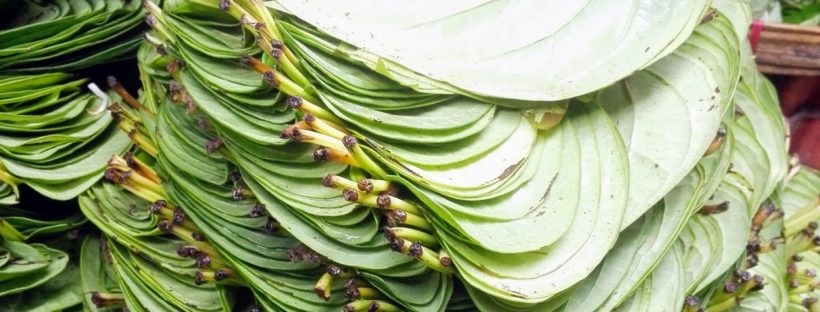We arrived at the Bangkok airport around 10pm, slept right there, on the McDonalds sofas, to catch the other flight at 7 a.m. M. Once in Yangon, we asked how to get to the train station. We had to walk for a while, but it was beautiful, we could see the change of scenery … the difference in the country … the workers going to work, most of them on bicycles … with “longy” the typical Burmese skirt .. Welcome to Myanmar !!!!

The train to Yangon Central Station cost us 200 kyats each ($ 0.15). Once there we met by chance with Florencia, an Argentine traveler who saved our lives because we were busted from the trip and they told us that she was staying, the Lotus B & B. And there we went …
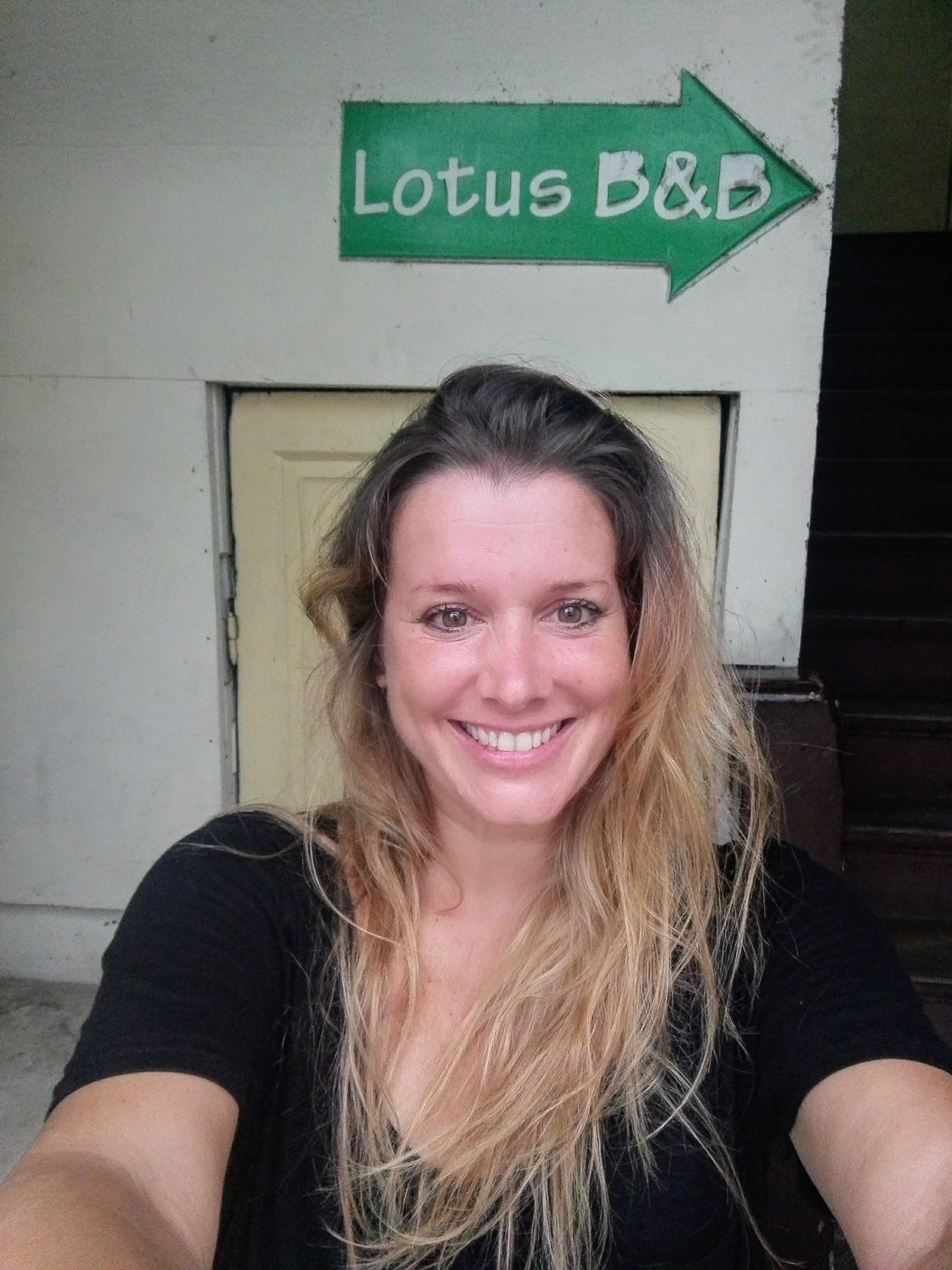
It was perfect! We paid $ 5 each for a double room !!! Well, a room with a bunk … Breakfast was included and very good. It is a B & B that is also a hospitality school, so the students practiced there … and they are the most helpful and attentive !!!! Very highly recommended !!!!
We fell in love with Yangon, it is a city with a mixture of fantastic races, you can differentiate the Indian, Chinese, and Myanmar roots. The streets have aromas, above all a characteristic menthol aroma.

Throughout the city, you can find clay or metal jars with water to cool off and drink water. We do not dare to drink out of fear … due to lack of hygiene.


National board game, in all the streets and corners there are groups of people, playing and betting on this fun game.
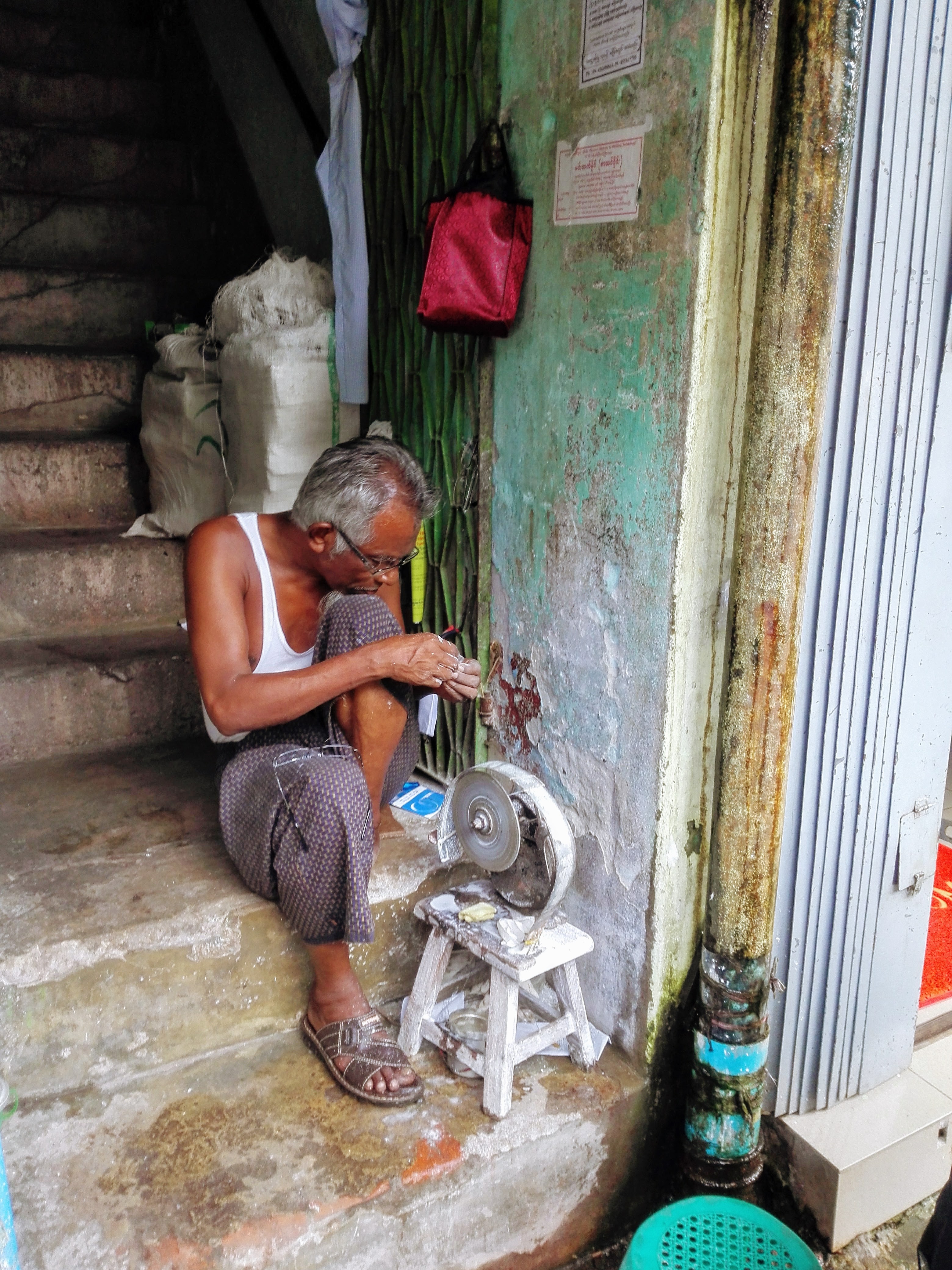

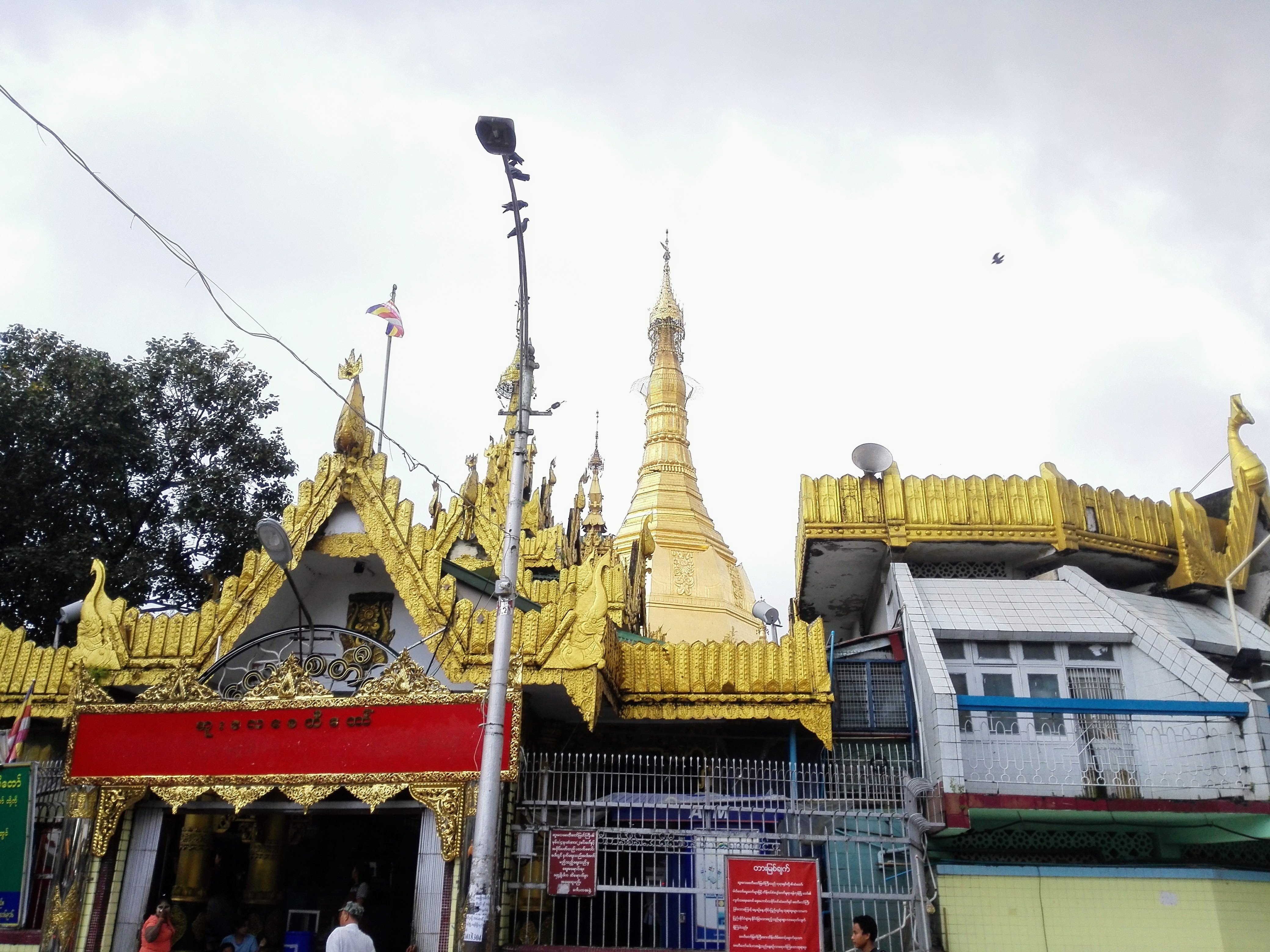
This comes from the Kun Ja, or betel. It is a packet made with a betel leaf, with tobacco, lime, areca nut and several herbs, that a large part of the population chews, and leaves the mouth and red teeth. It has sedative effects, it is very addictive and it is also very harmful to health … The whole population is spitting saliva leaving red spots everywhere, leaving the floor reddish.

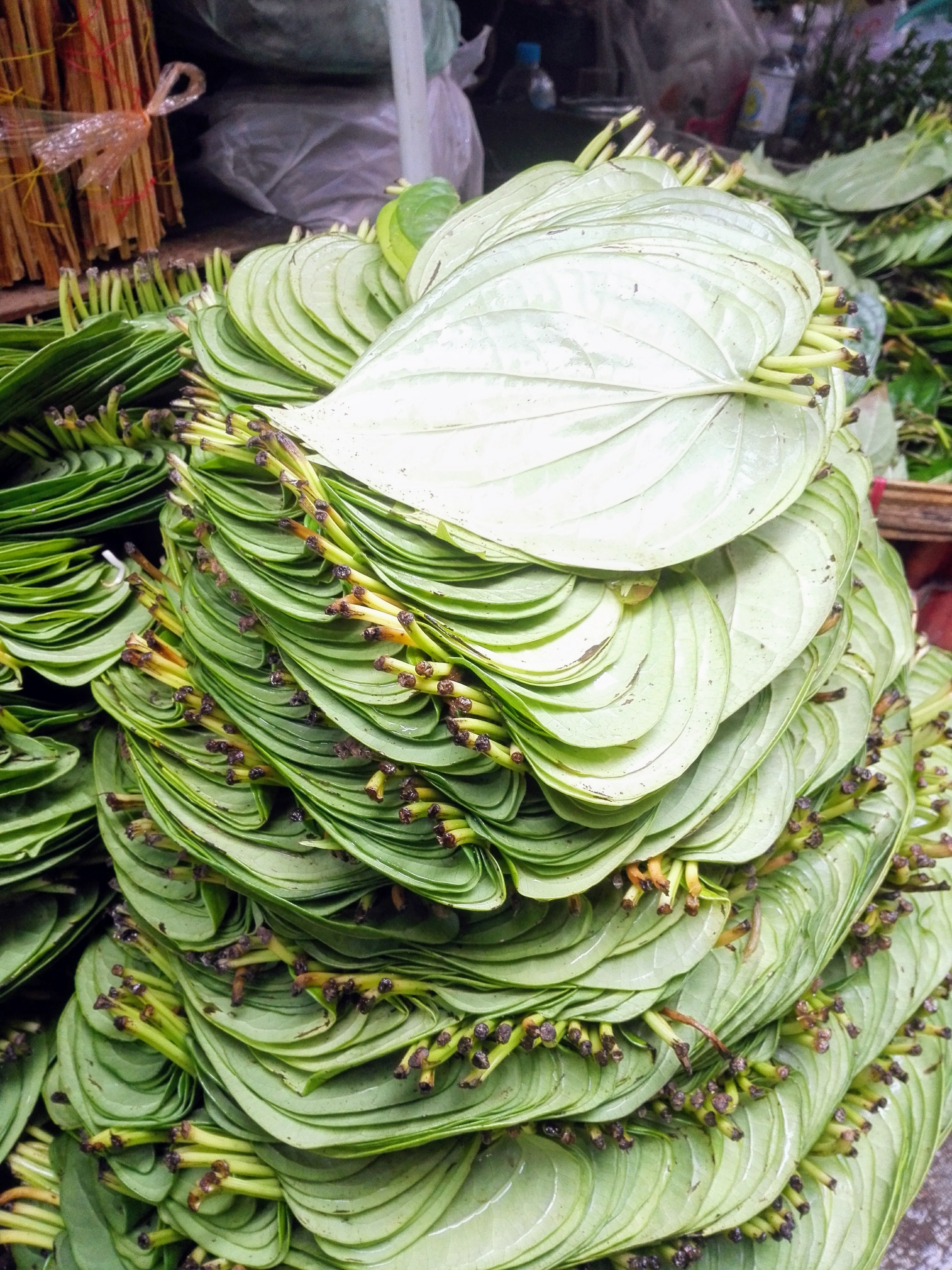

Burmese culture and customs are still very latent. Men use mainly the Longy to dress, which is a skirt, a tube that is wound around the waist, with different prints, usually of pictures. They are very elegant and comfortable !!!! They use a makeup, called Thanaka, which is obtained by rubbing a piece of thanaka trunk with a little water.

The result is a yellowish paste that is applied to the face, especially nose, cheekbones and forehead. It is worn by both men and women and children and is a make-up and sunscreen. The truth is that it is not a common aesthetic for Westerners, but something very Burmese.
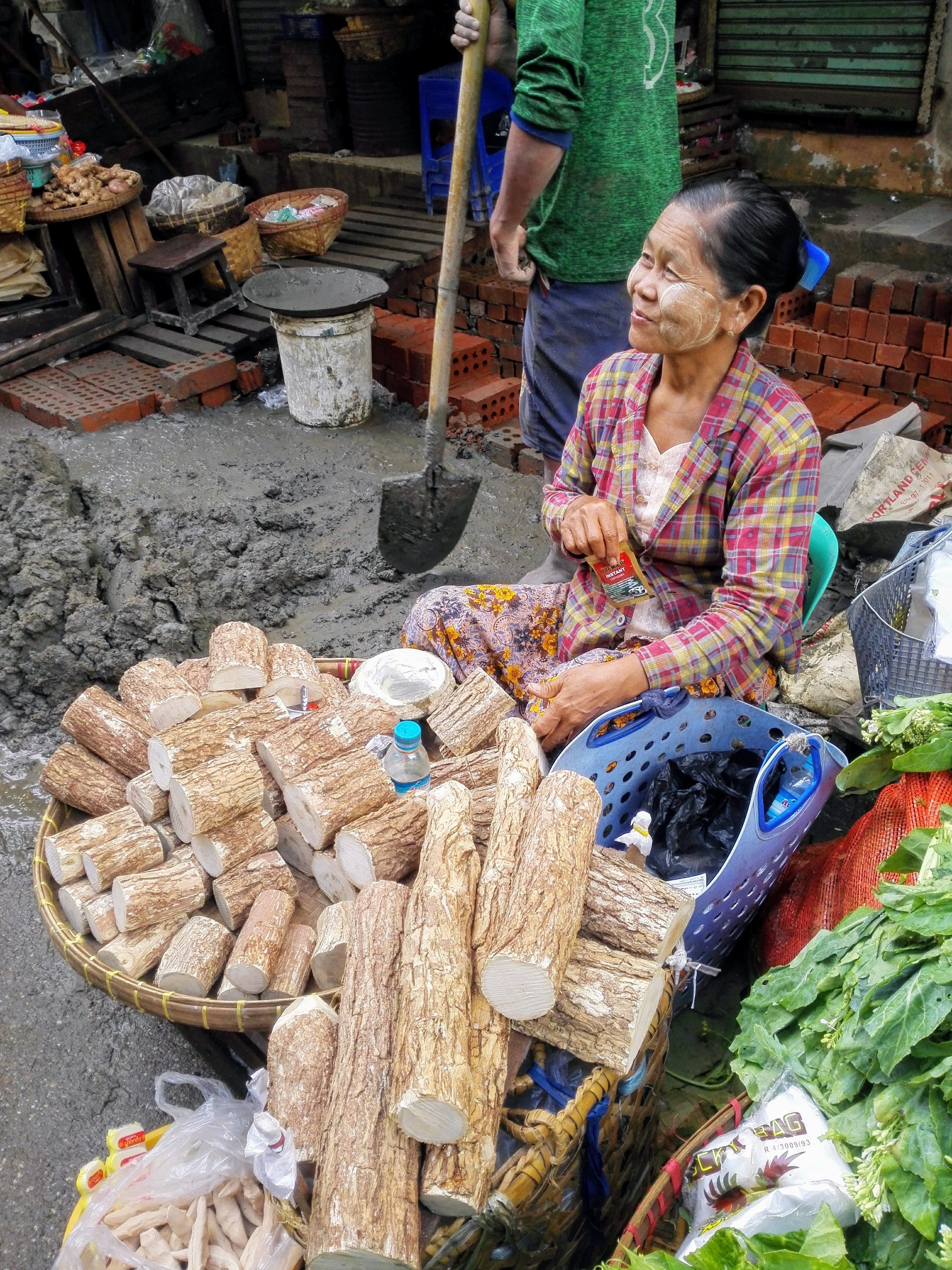

Another tradition is the tea house, where Myanmar tea is served, very sweet, like the Indian chai.


The people here are quiet and friendly, people from different backgrounds live in perfect harmony, at least in Yangon. It is highly recommended to walk around the city. Especially in the area between Sule Pagoda and Chinatown. We were captivated by the activity on 26th Street. It is a market on a street, you find vegetables, fish, chickens, pork and much more. The shopkeepers do not stop screaming, the meat is weighed with a Roman scale, the chickens are plucked and skinned right there.




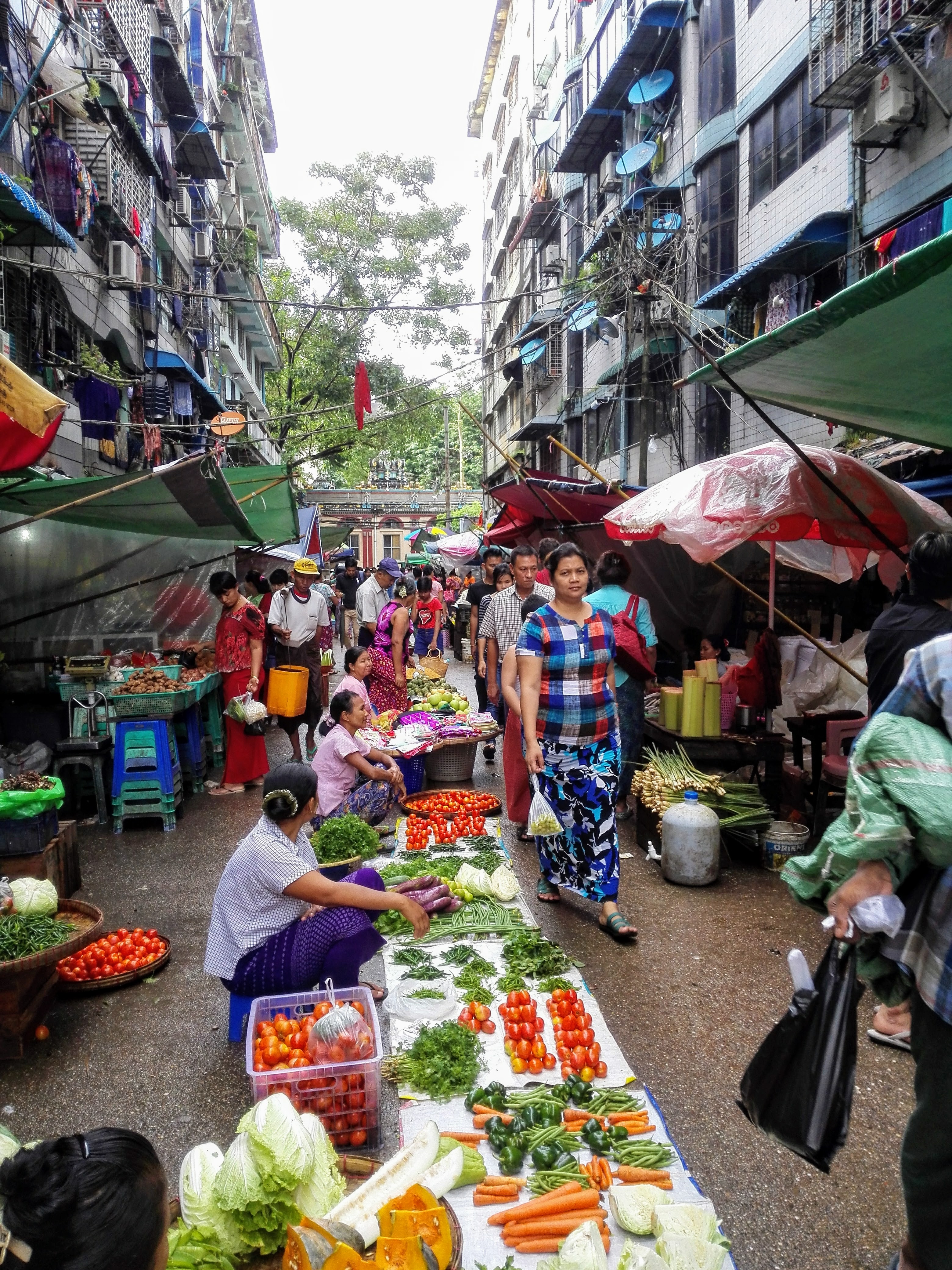


Cats eat the remains of fish gut, and some other rat also walks around … We have commented many times that if our mothers saw this would give them a patatus … but once you are here you see it all more colorful that dark, although the lack of hygiene is undeniable … As often happens, each street sells a specific product, so anything plastic: streets 22-25, telephone items: streets 34-35, and so on all…

Attention with the cat on the right, at the feet of the shopkeeper !!!



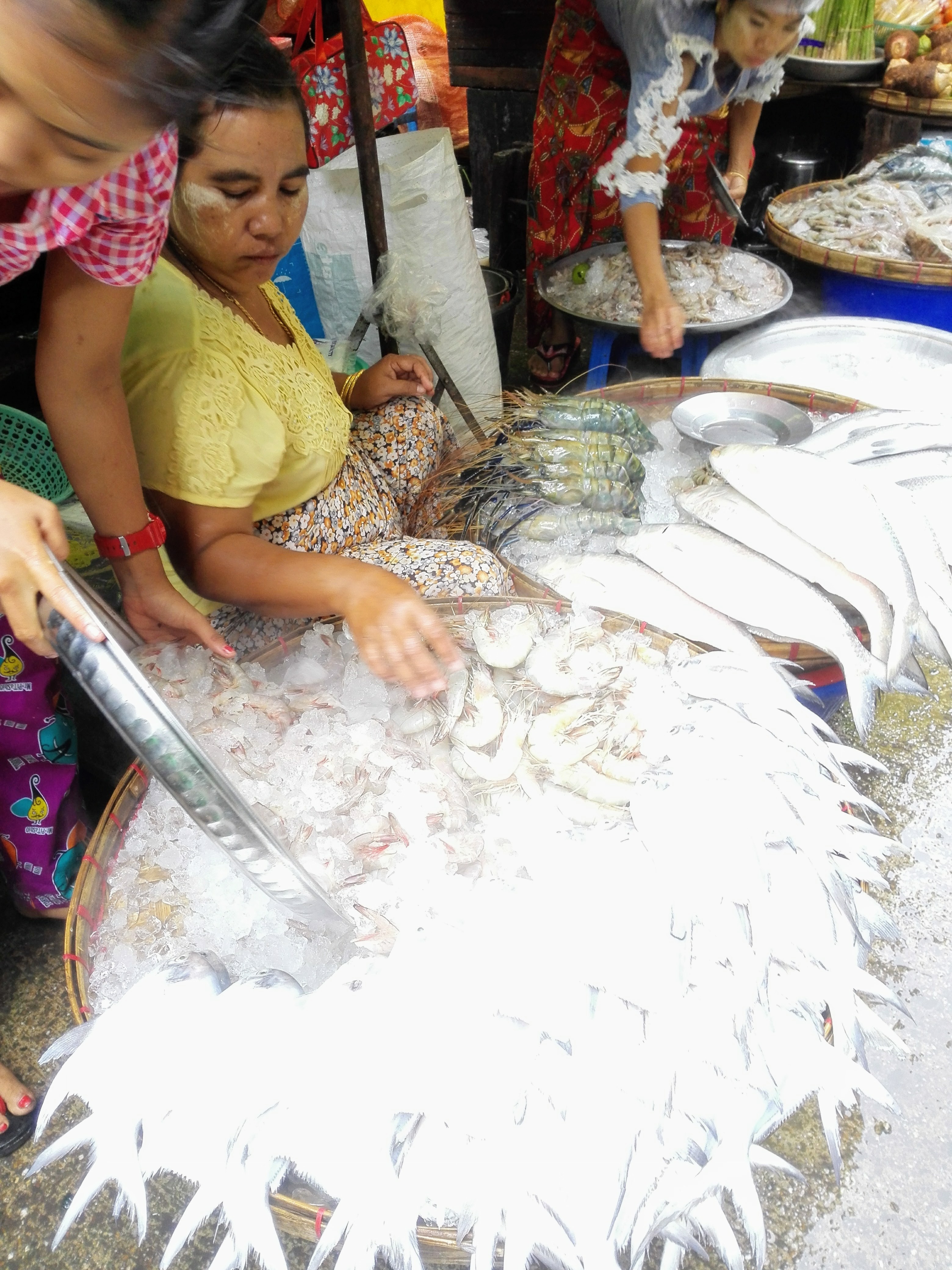


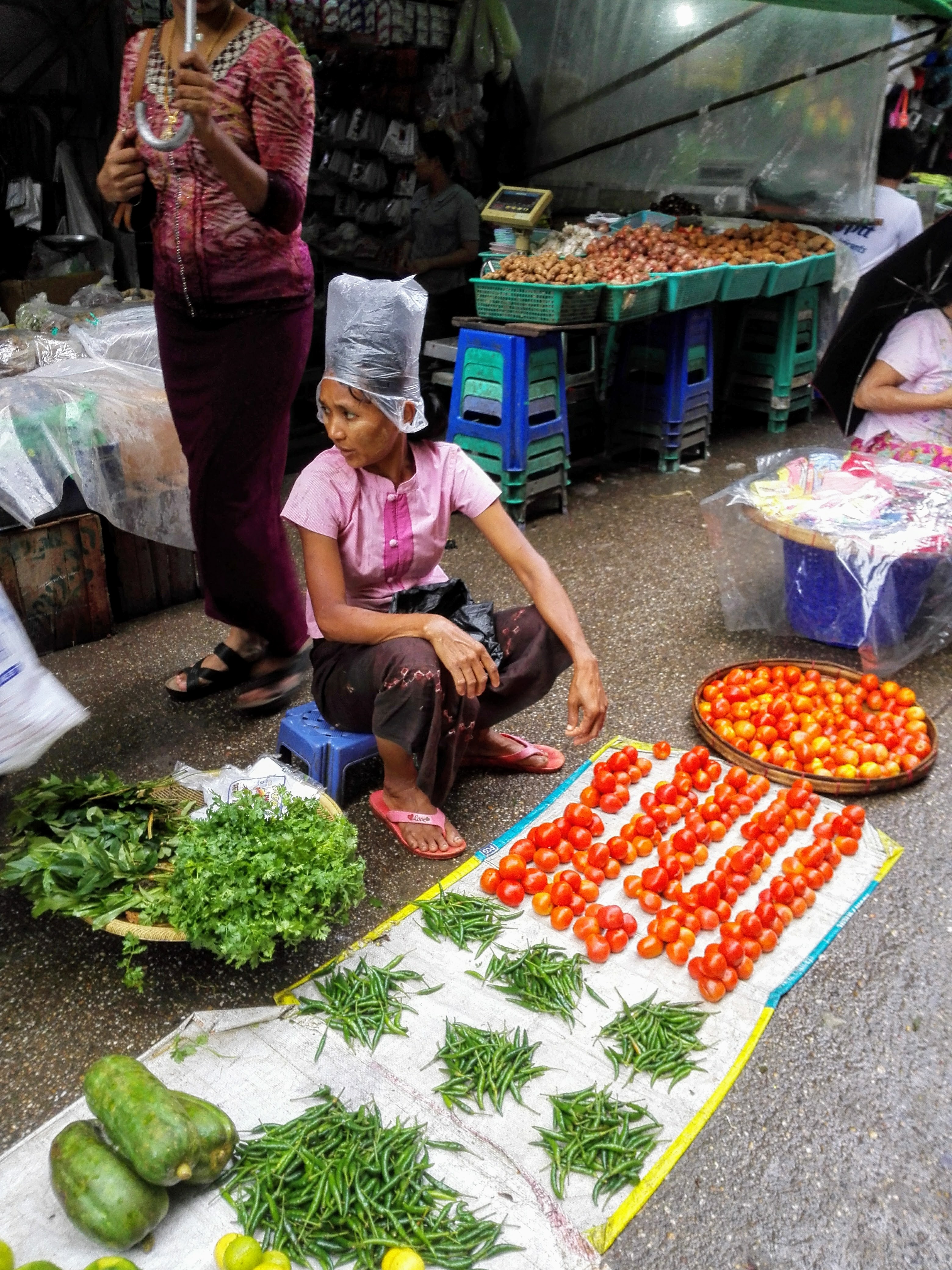
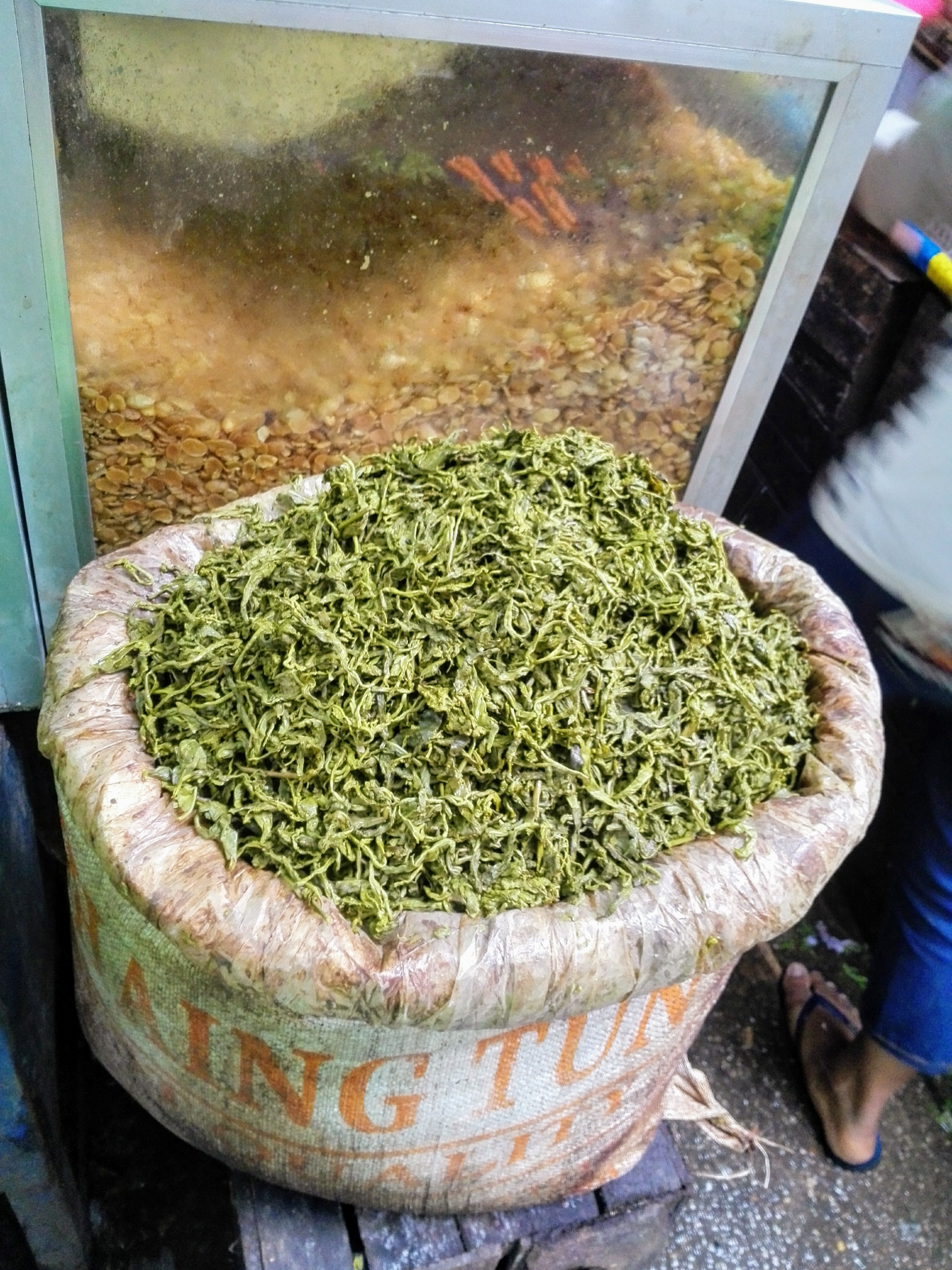
Fermented tea leaves.



The Sule Pagoda is in the middle of the city center showing its big and golden stupa. We did not enter because the tourists must pay 8,000 kyats … Beside there is a park full of people and life, Maha Bandula park, with the monument to Independence. And right next to it there is a building of clear English colonial style, the regional courts.
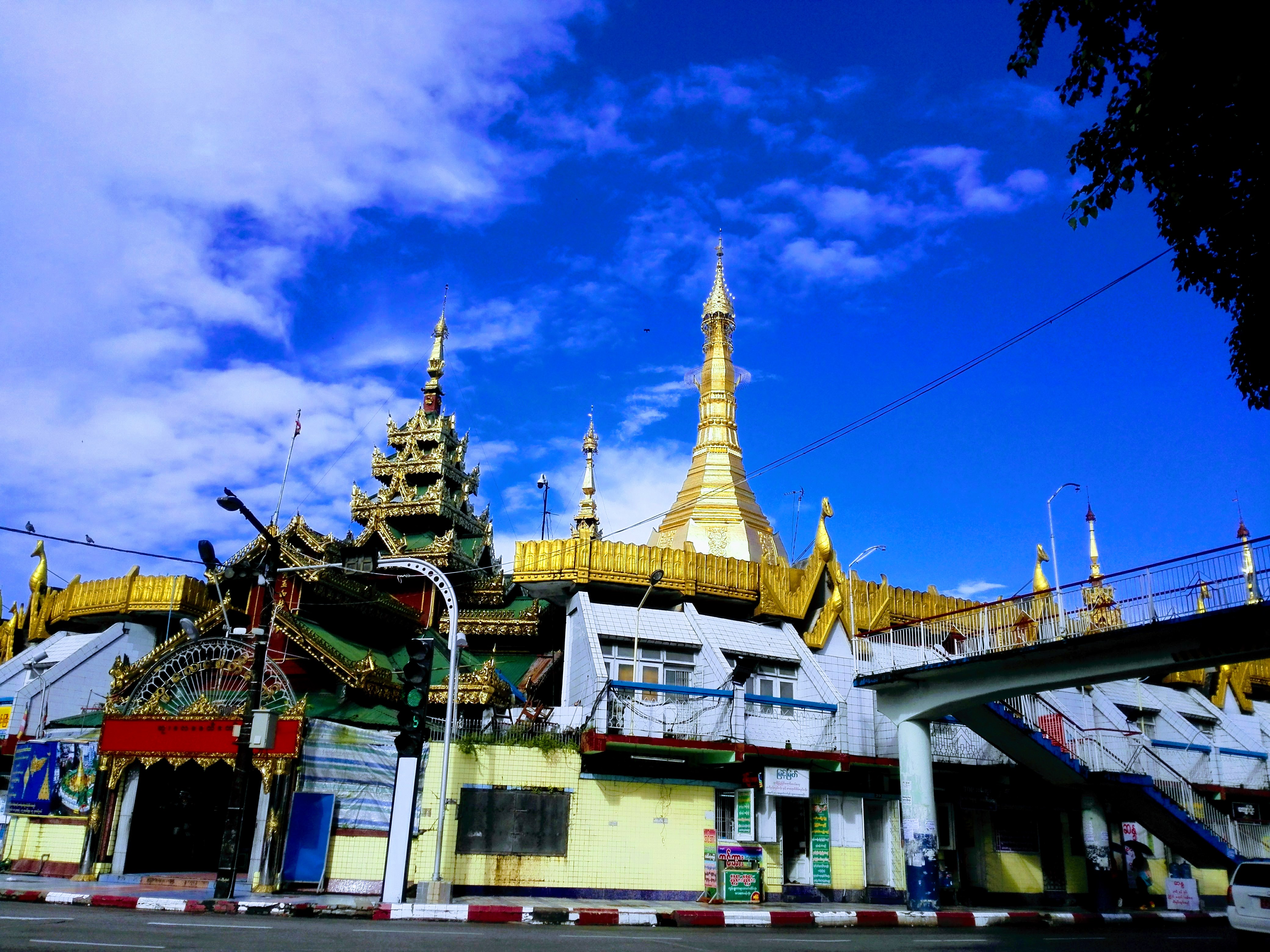
Next to it there is a park full of people and life, the Maha Bandula park, with the monument to Independence. And right next to it there is a building of clear English colonial style, the regional courts.


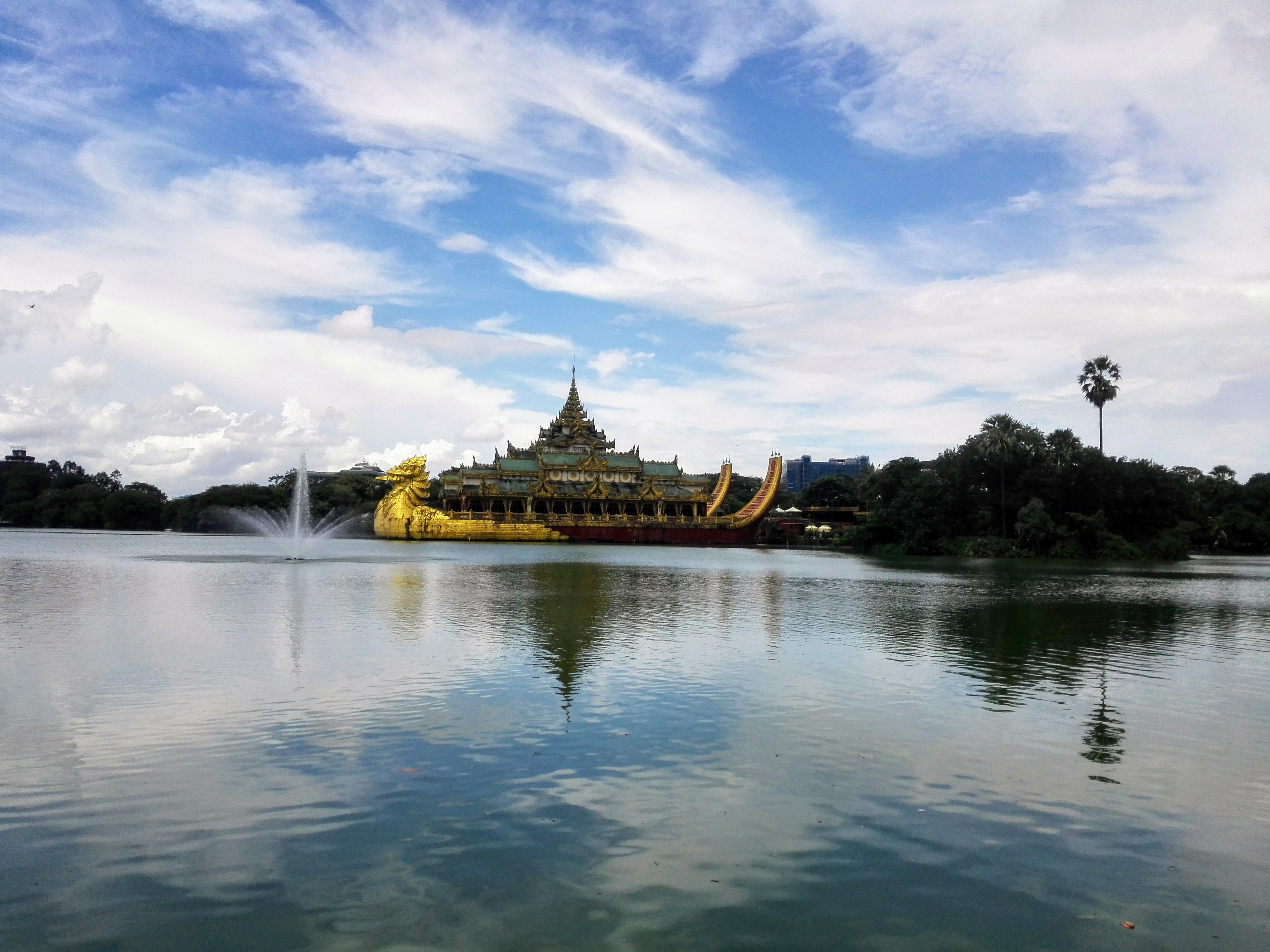
Kandawgyi Lake, another wonderful park in the city !!!


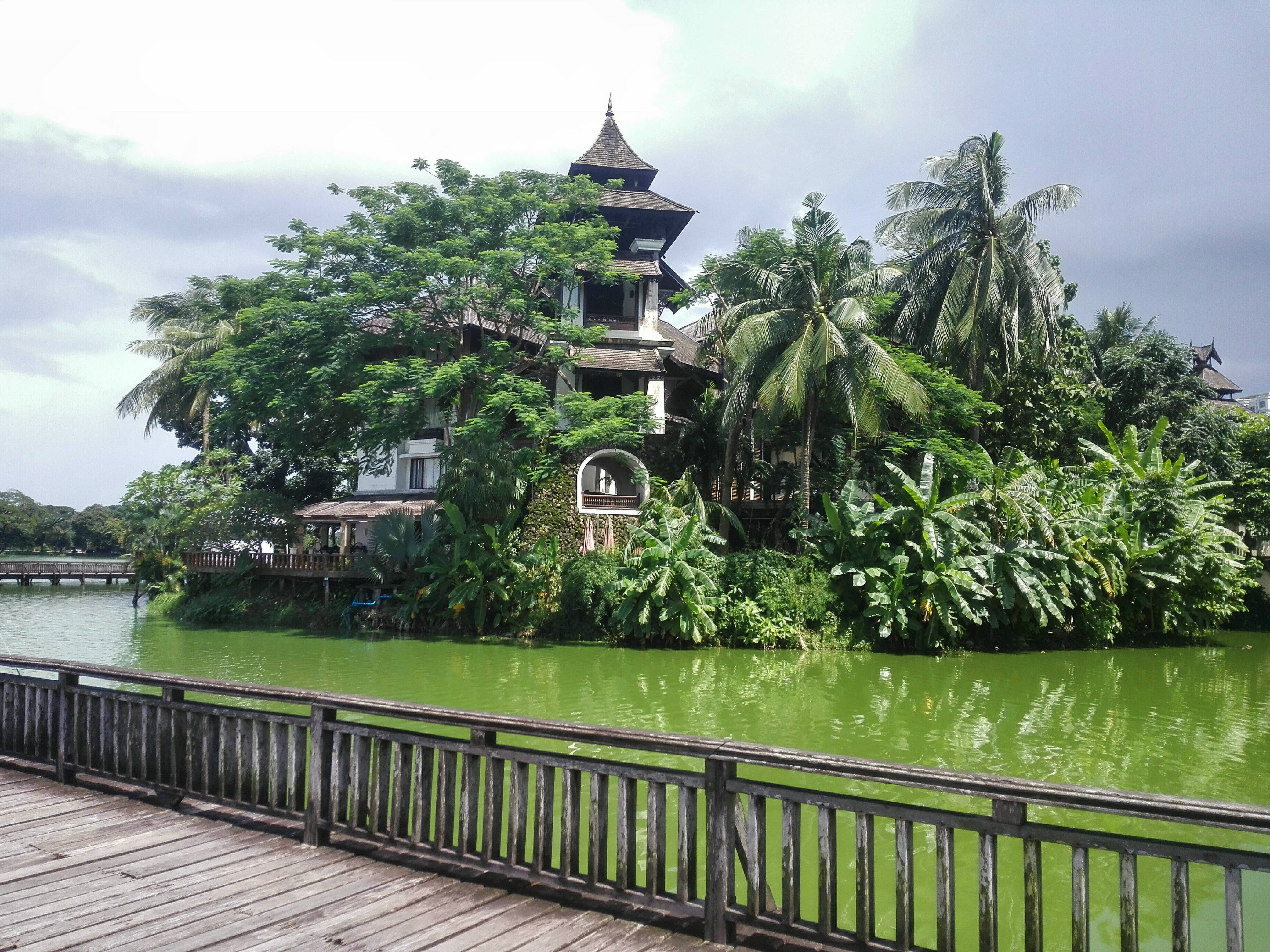
To move near the city we did it by circular train for its convenience and reduced cost. And we enjoyed it, it’s a show, a bit like in India, the train is the transport hub. People from all over, different faces, street vendors, food, drink, fried fish, plastic flowers, balloons of all shapes, boiled peanuts, limes, and of course betel leaves to chew.
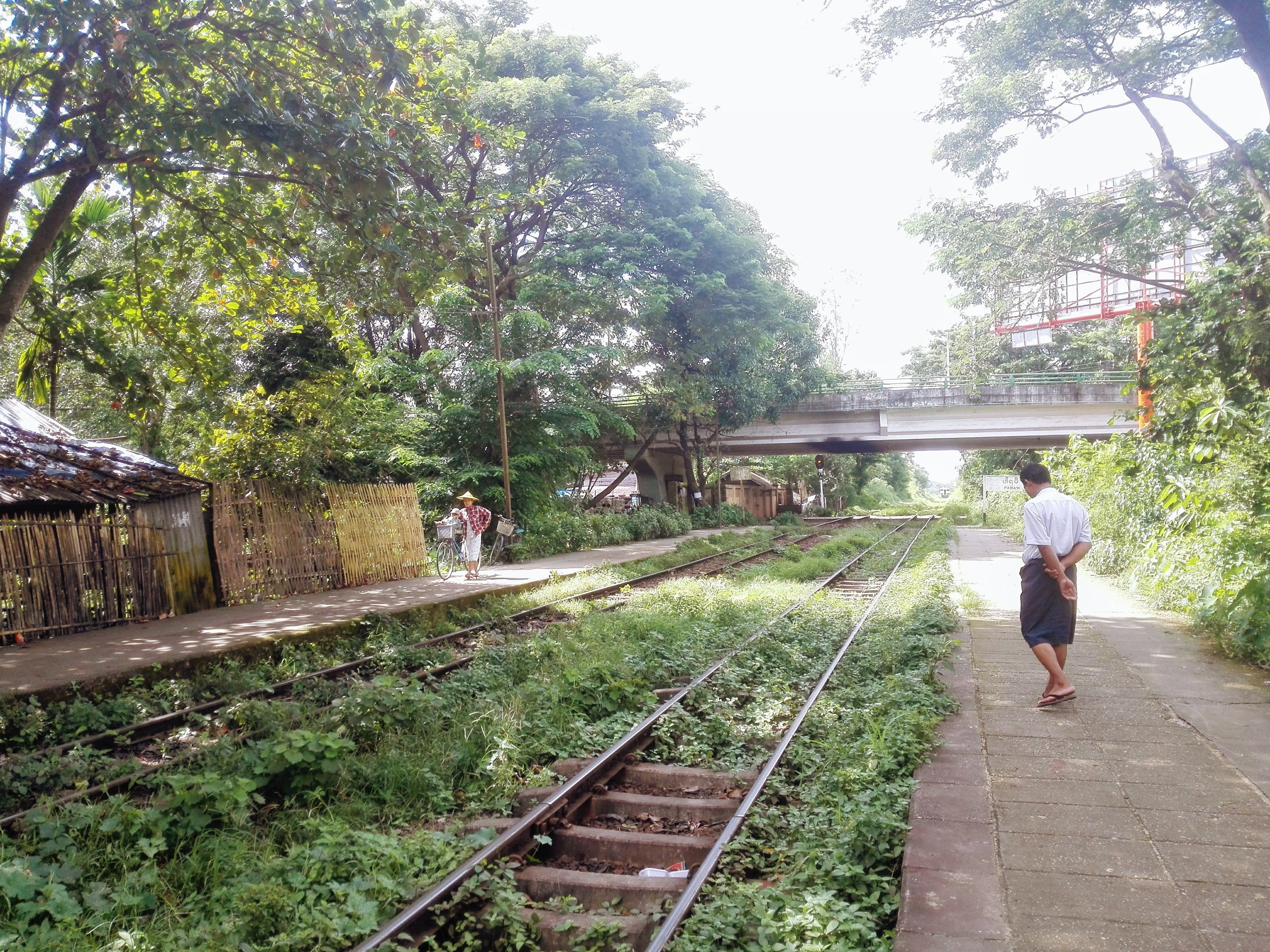
Especially women carry the items loaded on their heads, and without hands !!! Even on the train underway … pure balance, I tried only to walk and I almost like a lady …
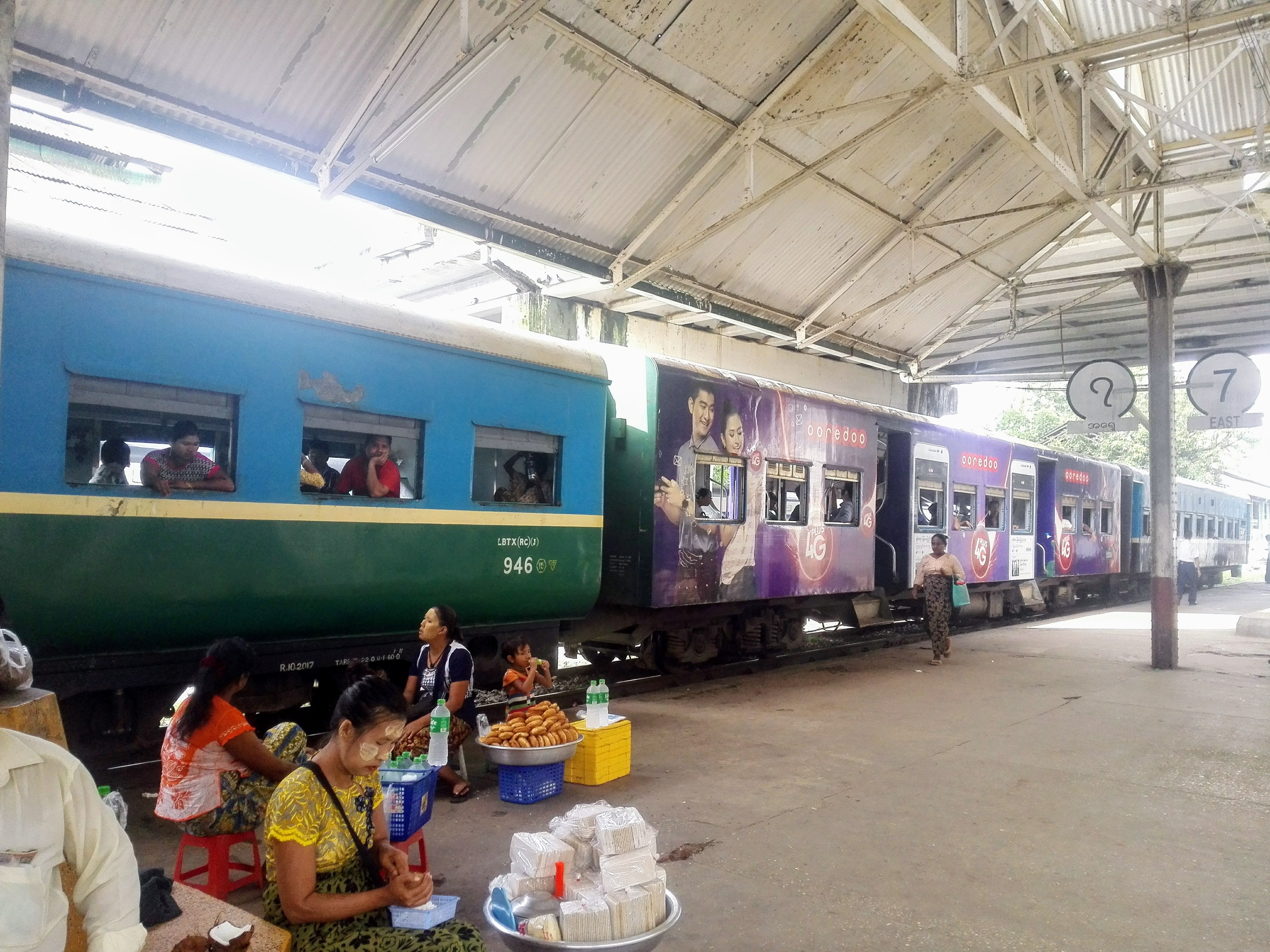
The old Burma was an English colony and Yangon maintains much architecture of the time. It is curious that once the English control ended, to detach themselves they tried to change the direction of the driving … of the left like the English to the right. Especially in the outskirts, not so much in the city, lack a bit of rigor, and walk a little clueless, advance on both sides, so the roads are chaotic …
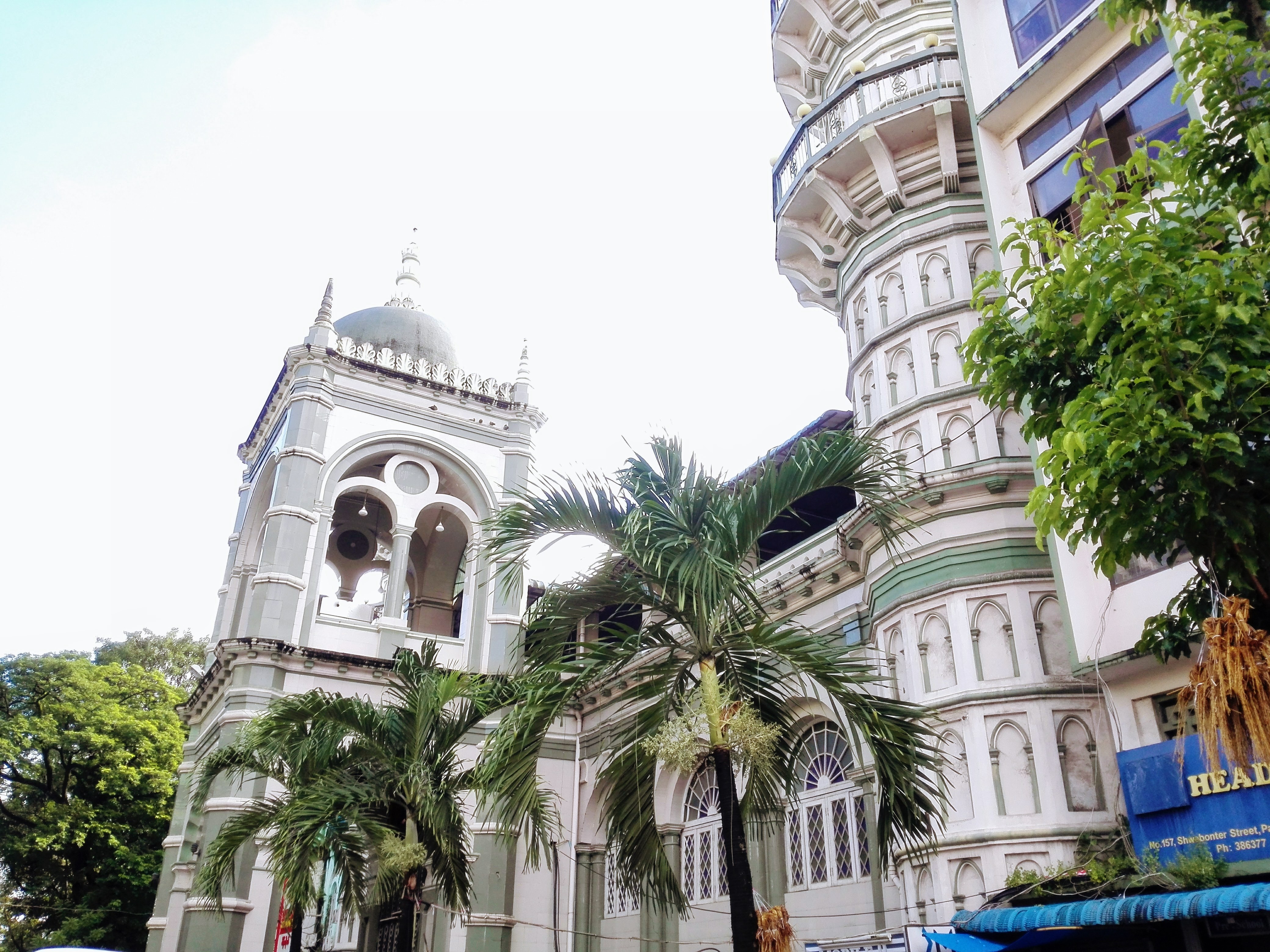



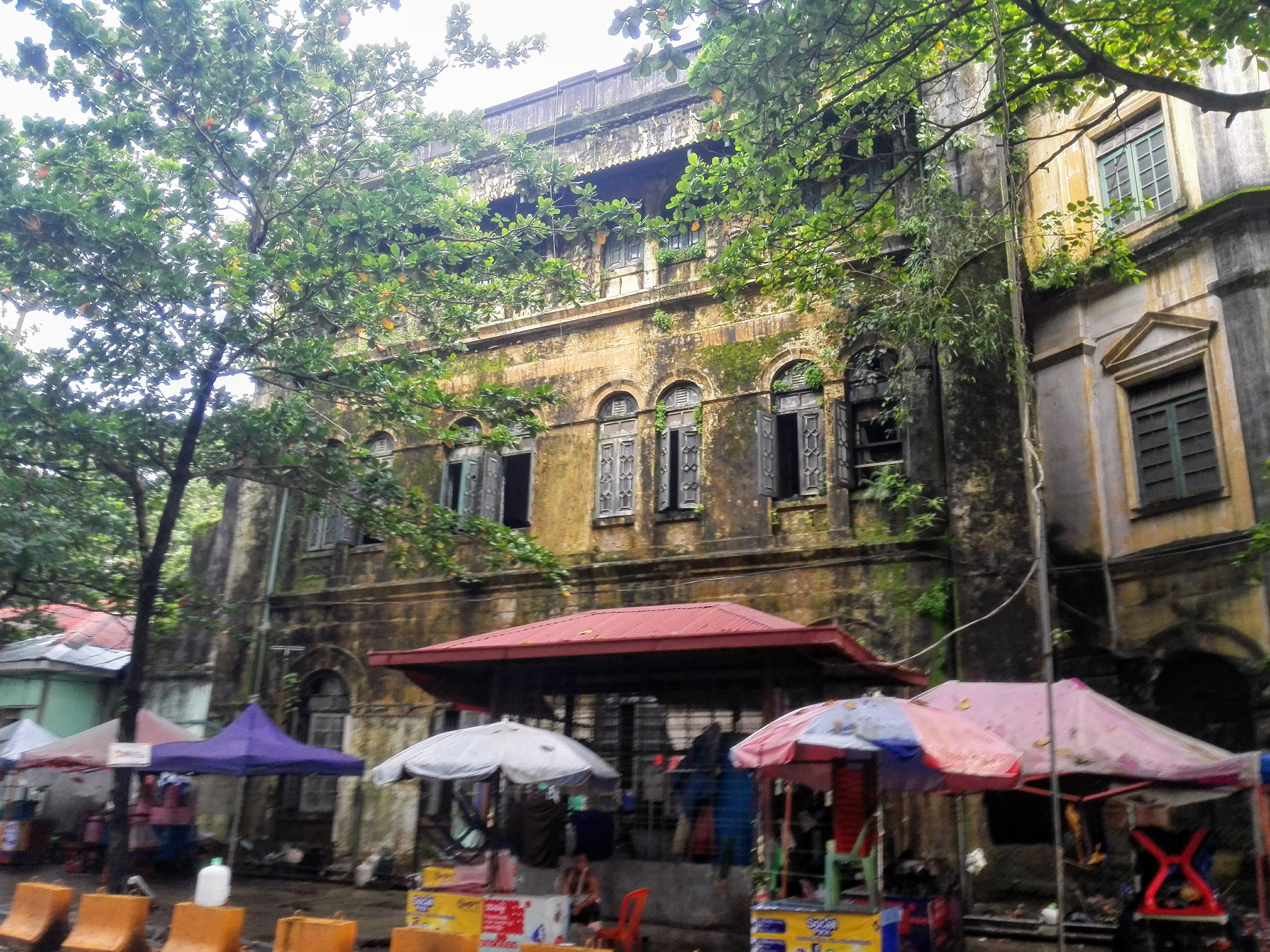


Many people had spoken to us about Myanmar before arriving, most of them told us that the food was very bad … We were stunned by the variety of offerings in Yangon. Typical Burmese dishes, such as the Shan noodles, the salad of tea leaves fermented with nuts, glutinous rice with lamb, or influences from other countries: Indian food, such as samozas or dosa and vada, oriental, dishes with Thai touches, soups of Chinese, Korean origin … We tried many things and we liked everything …



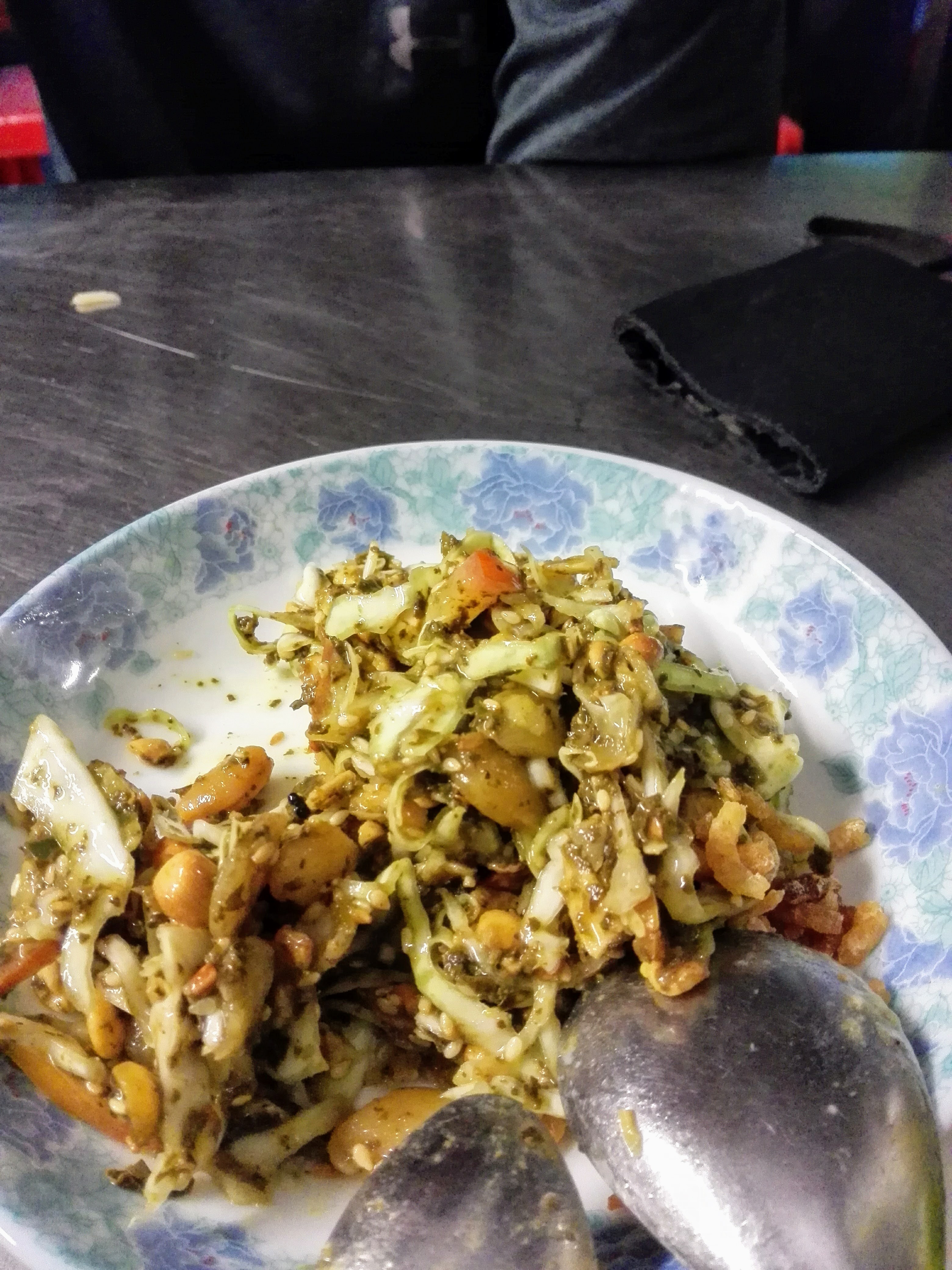
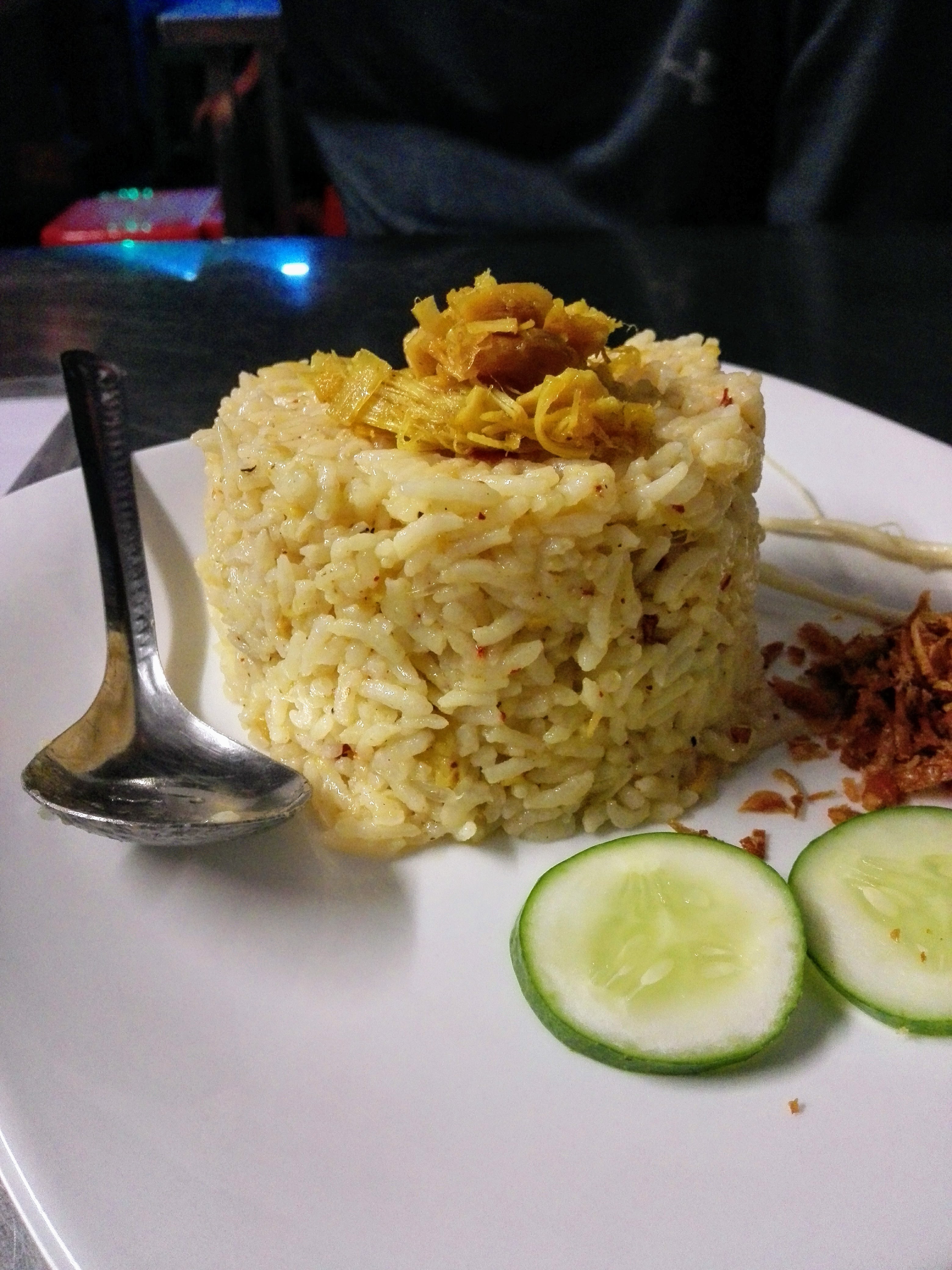



Going down from the roundabout of the Sule Pagoda there is a street full of street food stalls, just like the road that follows the river, the margin is full of removable restaurants with all kinds of food … In short, we loved the food from Myanmar !!!!

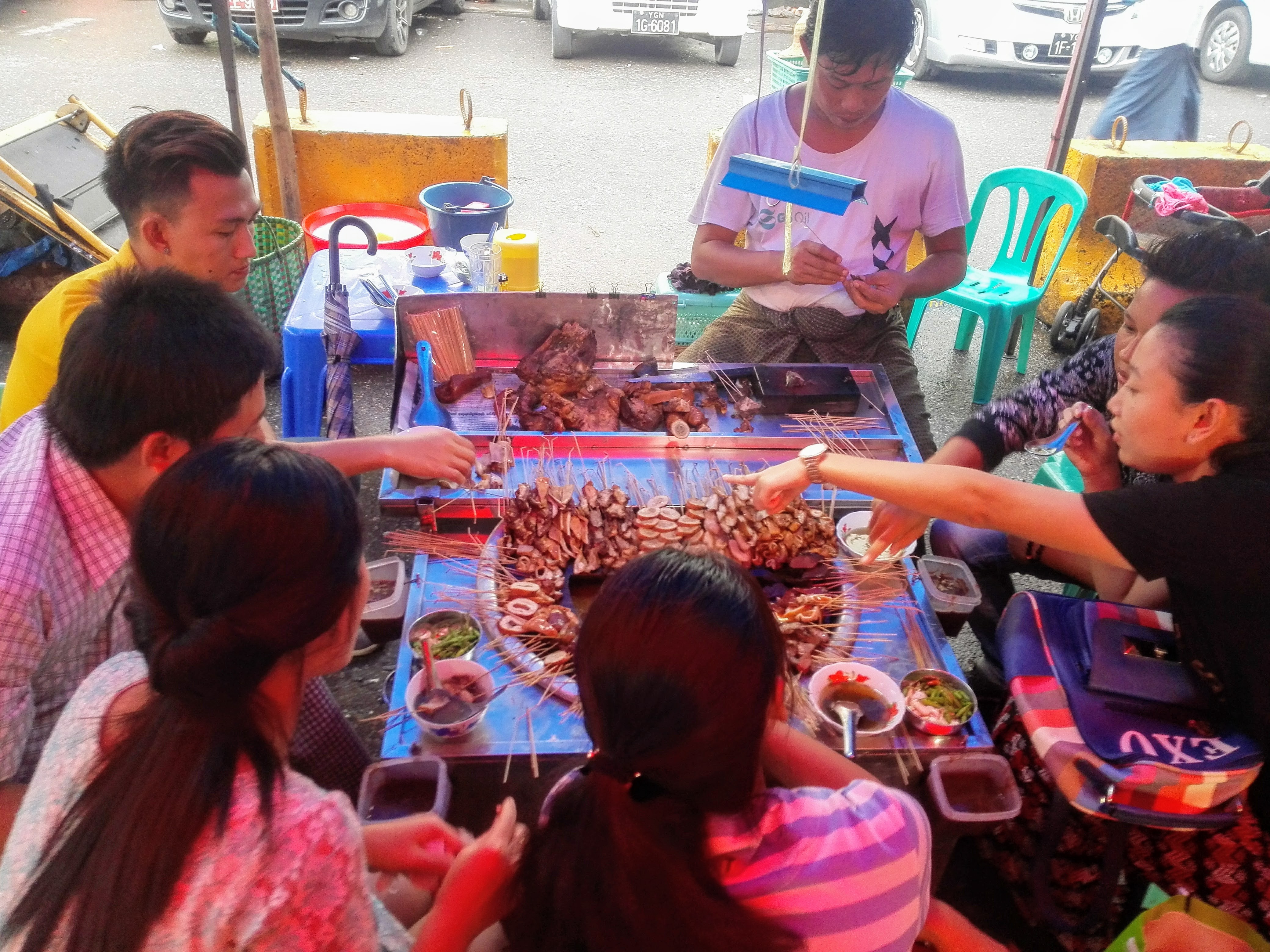

In this city we also did volunteer projects. One with the World Child Center, at the Yangon Children Hospital (see the post on the Clown Science Dreams blog). The other was with the Fondacio Myanmar (see the corresponding publication). In both experiences we could confirm that the Burmese people are sun, all love, very nice people …

The contact of the NGO World Child Center was Tun, a very kind, attentive and friendly man who invited us to dinner and then he brought us a beer. A very fun night in very good company.

In Yangon we stayed a total of 11 nights. After the fourth night we did a one-night flash tour to visit Bago and the Golden Rock in Kyaiktiyo. And after the first night, we took a bus to Myitkyina.
